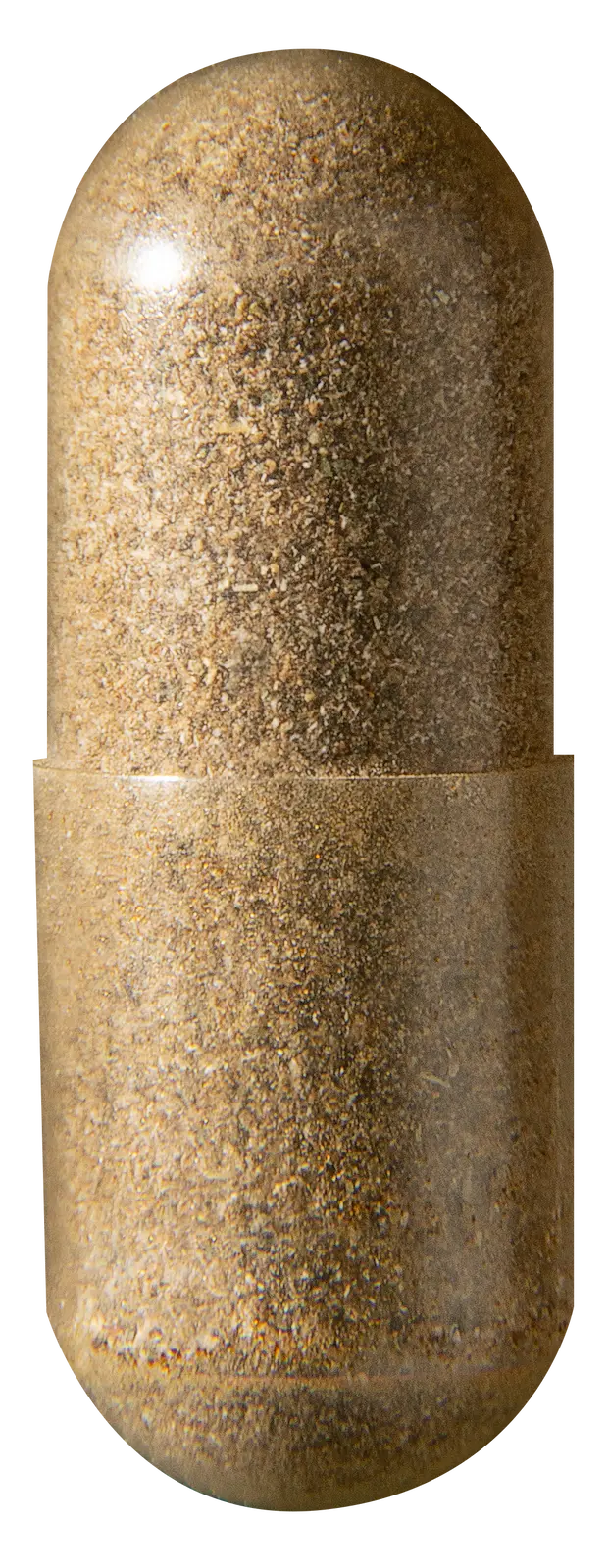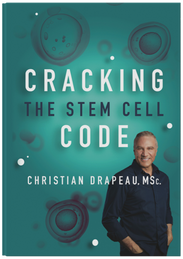Traditionally, the scientific view was that the brain is not able to regenerate. However, newer research suggests otherwise. In this article, we will look at new studies which suggest that the brain can regenerate using stem cells, the building blocks of our body which can transform into any specialised tissue, including new brain tissue.
The beauty behind science is that it is always shifting and evolving. If we look back at the history of our understanding of the world and universe around us, we see that what was once thought to be a fixed truth was later shown to be something altogether different.

For millennia, we believed that the earth was flat and that the heavens existed directly above us. Later, Anaximander, wondering how the sun and stars moved around us, concluded that Earth was a cylindrical shape floating freely at the centre of the universe. Later still, Aristotle, devised that while the Earth was still at the centre of the universe, it was spherical. Then came Copernicus, who improved on this further and surmised that instead, the spherical Earth revolved around the sun, in a dance with the other planets. Later still, Sir Isaac Newton ‘discovered’ gravity to explain why apples fall and the planets turn. This was improved upon again by Albert Einstein and his theory of general relativity.
As is true with the universe, our knowledge of the body is constantly evolving. With this nature of change, new horizons and possibilities emerge from the borders of our comprehension, opening our eyes to a different perspective.
In this article, we will take a look at how our new understanding of the brain and stem cells could shape the course of neurodegenerative diseases.
The evolution in our understanding of the nervous system
Santiago Ramon y Cajal was a Spanish neuroscientist whose contributions to neuroscience remain important today. In 1906, he was awarded the Nobel Prize for medicine for his seminal research into the structure of the nervous system. Before this, it was widely believed that the nervous system was a single, uninterrupted and continuous network. Ramon y Cajal demonstrated the idea that the brain and nervous system were composed of many separate microscopic cells, known as neurons. His ‘neuron doctrine’ was later confirmed with the advent of powerful electron microscopes in the mid-20th Century.
Years after his Nobel prize, Ramon y Cajal composed his 1928 thesis, ‘The Degeneration and Regeneration of the Nervous System’. In it, he wrote, “In adult centers, the nerve paths are something fixed, ended, immutable. Everything may die, nothing may be regenerated.” He went on to confirm his singular and prophetic genius, saying, “It is for the science of the future to change, if possible, this harsh decree.”
The science of the future is the science of the now.
As Ramon y Cajal predicted, science has begun to reverse the harsh decree. Stem cells, the raw material building blocks of our body, have the potential mature into all manner of cells, including muscle, bone and blood. Recent research has shown that stem cells may even regenerate neural tissue.
In a study of patients who had received a bone marrow transplant, researchers were able to track the migration of stem cells from the peripheral circulation into the central nervous system. There, these stem cells were observed to differentiate into many different types of cells, including new neuronal tissue. This suggested that stem cells could migrate to areas in need of new cells in an attempt to restore the body to a pre-disease state.

This observation opened up a world of potential therapeutic applications. Could increasing the number of circulating stem cells help repair the brain? If so, could the course of common diseases caused by neurological damage or degeneration, such as Parkinson’s disease, Alzheimer’s and stroke be improved?
How stem cells could change brain health.
Stem cells can be directed to become particular cells in humans to regenerate and repair tissues damaged by disease. In studies, researchers have used cell signalling growth factors call stem cell factor (SCF) and granulocyte colony-stimulating factor (G-CSF).
Stroke
In a stroke, a sudden interruption of blood flow to the brain causes the death of brain tissue. Among other consequences, this affects the functioning of the limbs, speech and cognition.
In pre-clinical studies, G-CSF given either alone or in combination with SCF was able to improve the functional outcome of both acute and chronic stroke. The researchers hypothesised that the growth factors promoted the growth of new nerves and blood vessels via bone marrow-derived cells and activated the building of new neural networks.
Current options available to acute and chronic stroke patients are limited, and stem cell based treatments could play a key role in future treatment and reducing the burden of this disease.
Parkinson’s disease
Parkinson’s disease is a neurodegenerative condition characterised by inflammation and degradation of dopamine-producing networks in the brain. This process causes a dysregulation in the control and initiation of movement leading to the typical tremor, as well as impaired mobility and psychological effects.
The most common treatments available to patients with Parkinson’s involve dopamine precursors or substitutes such as Levodopa. However, treatments involving stem cells may be able to enhance recovery from Parkinson’s by reducing inflammation and restoring dopamine levels.
In an animal study, mice with experimentally induced Parkinson’s disease displayed better motor function and higher levels of dopamine when they were treated with G-CSF, by triggering a ‘rescue and repair response’ that reduced the presence of inflammatory cells and allowed for the partial recovery of dopamine levels.
Alzheimer’s Disease
Dementia is a progressive, non-reversible cognitive decline affecting memory, thinking and behaviour. Alzheimer’s disease is the most common form of dementia and is characterized by plaques and neurofibrillary tangles that lead to the loss of neurons and a shrinking of the brain. The reasons behind this are not completely understood but are thought to be linked to inflammation and cell death.
What is clear are the devastating effects of this condition.
Several pre-clinical studies have examined the use of G-CSF in Alzheimer’s. These have found that G-CSF boosted the mobilisation of stem cells from the bone marrow to reduce inflammation and even directly act on cells in the central nervous system.
Mice with Alzheimer’s who were treated with G-CSF demonstrated improved cognitive performance and immune cell activity. In two studies, G-CSF contributed to positive effects in the hippocampus, the brain region integral to learning and memory. In one, G-CSF led to reduced plaques while another led to the growth of new neurons and improved memory function.
Should we all take G-CSF to improve our neurological function?
G-CSF is commonly used in patients with low white blood cell counts, usually due to the toxic effects of chemotherapy. These help the patient’s bone marrow to produce more white blood cells so that they can avoid life-threatening infections and are only used for a short period. Common side effects of G-CSF include bone pain, muscle aches, headaches, bleeding and fever making it less attractive for long-term use.

However, natural alternatives that can promote the mobilisation of our stem cells are available.
Natural stem cell mobilizers.

Sea buckthorn berry
Sea buckthorn berry is the fruit of a thorny shrub, which has been used in Tibetan, Chinese and Mongolian medicine for over a thousand years. It has been noted to have positive effects on cardiovascular health as well as diabetes. A study in healthy human subjects found that consumption of a sea buckthorn berry plant extract was accompanied by an increase in stem cells associated with regeneration and restoration. These included increased mobilisation of progenitor stem cells, endothelial stem cells and lymphocytoid mesenchymal stem cells which perform tissue repair functions.
Aphanizomenon flos-aquae (AFA)
AFA is freshwater blue-green algae which can be taken as a powder. AFA binds to a molecule called L-Selectin, which plays a role in the mobilisation of bone marrow stem cells. In one study, AFA was shown to interact with cell signalling molecules, known as chemokines, leading to an increase in the number of circulating stem cells by up to 333%. AFA was found to lead to a peak in stem cell concentrations within 1 hour, an effect significantly faster than has been achieved by G-CSF. These findings point to the potential for AFA to be used in neurodegenerative diseases as well as other conditions including cardiovascular disease.
Aloe macroclada
Like sea buckthorn berries, Aloes have been used as a natural medicine for thousands of years. A. macroclada is a species of aloe endemic to Madagascar and is used by Malagasy traditional healers who refer to it as Vahona. A study using a traditional preparation of A. macroclada found that it triggered a rapid, transient increase in the circulation of selected stem cell lines by up to 53%. It is theorized that this increase in stem cells can lead to the repair and regeneration of insulin-producing cells in the pancreas and these effects may extend to other areas of the body including the tissues of the central nervous system.
The final word.
Stem cells are the repair and restoration system of our body. They can migrate into the central nervous system to help repair the brain. Endogenous stem cell mobilization can help improve a range of neurological conditions. Unlike G-CSF, natural stem cell mobilizers can be used over long periods and could help alleviate conditions affecting the nervous system such as Parkinson’s disease, Alzheimer’s, and stroke.





